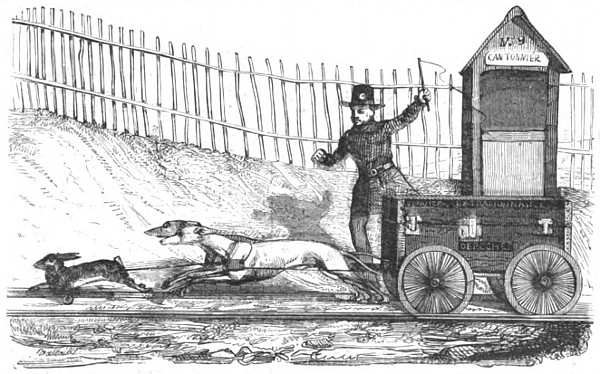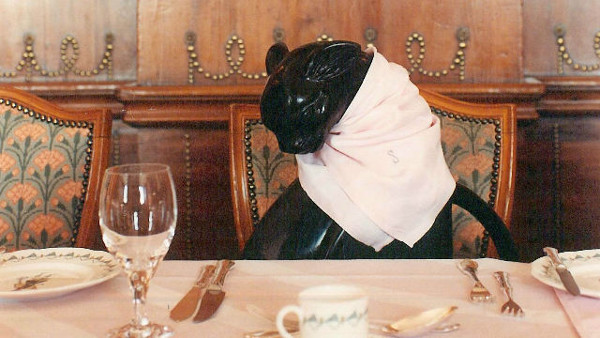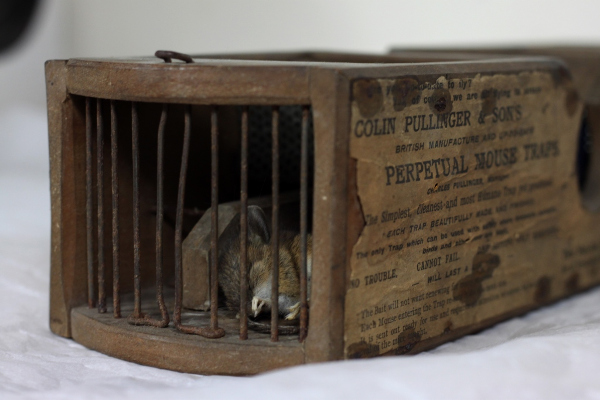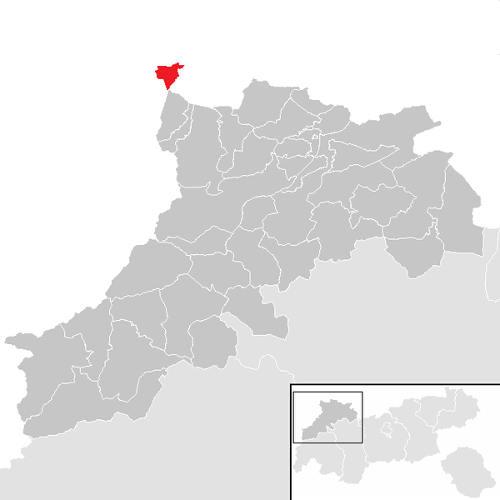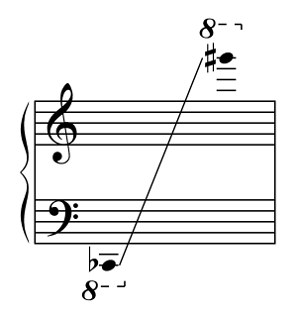
In the 1880s the Prussian state railways built a line to carry coal and iron across the High Fens south of Aachen. The line wanders across the modern border between Germany and Belgium, but according to the Treaty of Versailles the trackbed itself is Belgian territory. This has the effect of creating six German exclaves — regions of Germany that are surrounded entirely by Belgium (Belgium proper to the west, and the technically Belgian railway trackbed to the east).
The smallest of these exclaves, a farm known as the Rückschlag, measures only 150 × 100 meters and has an estimated population of four people.
The Vennbahn track was used by tourist services until 2001 but is now disused and has begun to be dismantled. But the trackbed itself still belongs to Belgium, so the six exclaves remain.




